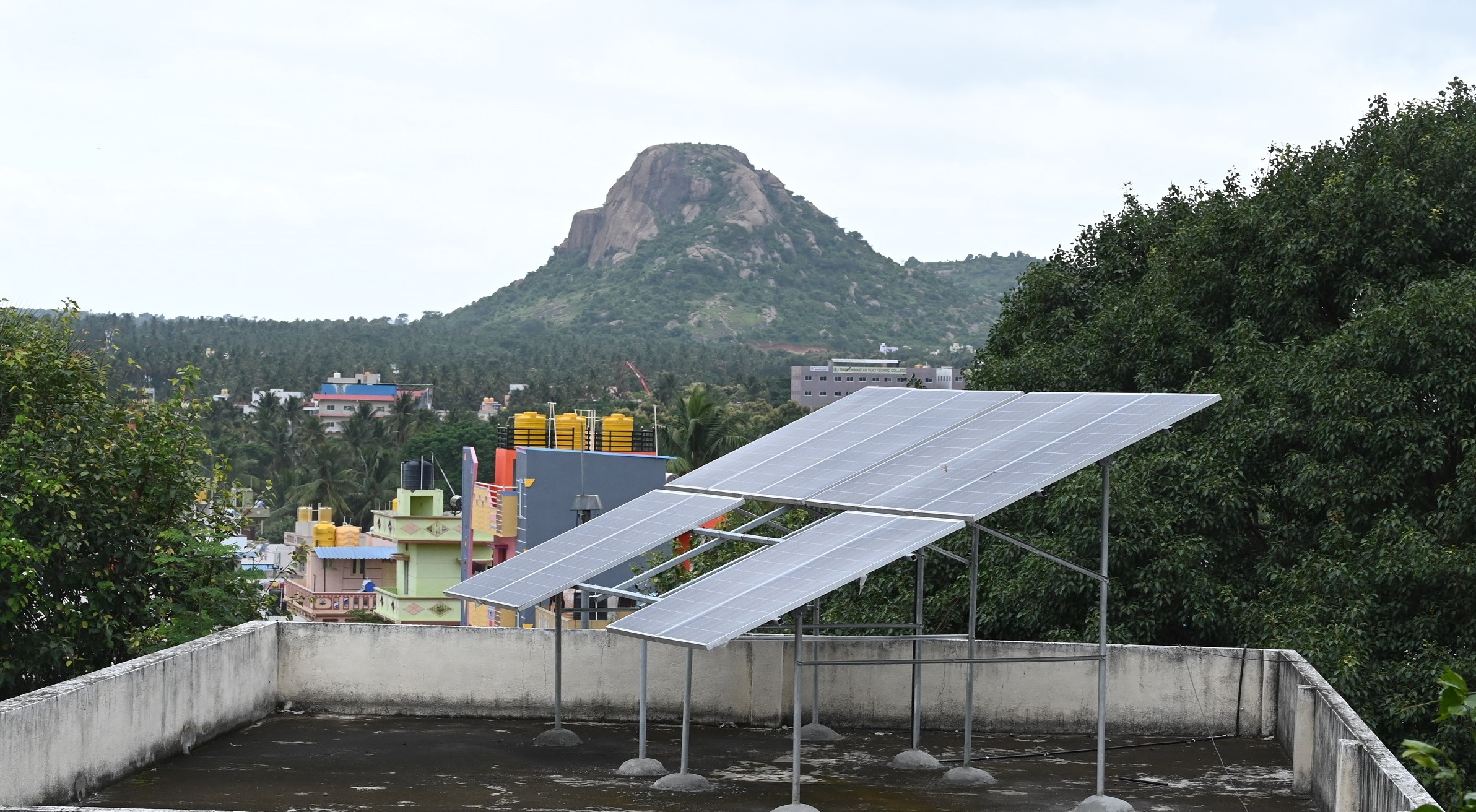India’s residential rooftop solar potential is a staggering 637 GW, as per a report from the Council on Energy, Environment and Water (CEEW) released on Thursday. The study reveals that over 250 million households in India possess the technical capacity to embrace solar energy, with rural areas exhibiting a higher rooftop potential (363 GW) compared to urban regions (274 GW), factoring in residential rooftop area.
The report emphasizes the regional disparities in willingness to adopt rooftop solar systems, highlighting Gujarat’s impressive 13% willingness contrasted with the national average of 5%.
Interestingly, leveraging just one-third of the estimated solar potential (637 GW) could adequately meet the entire residential sector’s electricity demand, amounting to 310 terawatt-hours (TWh), according to the report.
However, the report also acknowledges challenges. After considering current household electricity consumption, the technical potential reduces significantly to one-fifth (118 GW). The authors point out that many residential consumers fall into low-consumption brackets, making solar economically unfeasible without financial support, despite its technical viability.
In the absence of capital subsidies, the potential shrinks further to 11 GW, with a payback period of five years. But, with the Ministry of New and Renewable Energy’s capital subsidy, the potential surges to 32 GW, rendering solar systems economically viable for a larger consumer base.
Despite this enormous potential, India has only tapped into 11 GW of rooftop solar capacity, and a mere 2.7 GW is attributed to the residential sector.
The study, conducted across 21 Indian states covering 97% of the population, identifies seven states—Uttar Pradesh, Maharashtra, West Bengal, Odisha, Rajasthan, Andhra Pradesh, and Tamil Nadu—as holding 60% of the residential rooftop potential.
Lalit Bohra, Joint Secretary at the Ministry of New & Renewable Energy (MNRE), underscores the urgency of accelerating rooftop solar adoption to meet India’s net-zero goal by 2070 and decarbonize the economy. The MNRE, through strategic interventions and initiatives like the recently announced distributed RPO obligation, aims to bolster the rooftop solar sector.
The report’s release aligns with the National Dialogue on Rooftop Solar by CEEW, emphasizing the need for consensus among stakeholders to make rooftop solar a pivotal component of India’s energy transition.
Geographically distributed, India’s rooftop solar potential can significantly contribute to states’ energy transition goals, differentiating itself from other renewable technologies like utility-scale solar and wind projects.














